LiviBacci (1992), and the other from Maddison (03)3 Life expectancy estimates have been drawn from some 700 sources, which are listed by country in a bibliography provided separately4 Global life expectancy at birth was about 285 years in 1800 Only modest gains occurred into the early twentieth century;Life expectancy In 16, life expectancy at birth on average across OECD countries reached 806 years, an increase of more than ten years since 1970 ()Life expectancy at birth now exceeds 80 years in twothirds of OECD countries, with Japan, Spain and Switzerland at the top of the ranking · This gives the country a low World Life Expectancy ranking of 178 The report, published in 18, found that men are expected to live for an average of 537 years while women live for an average
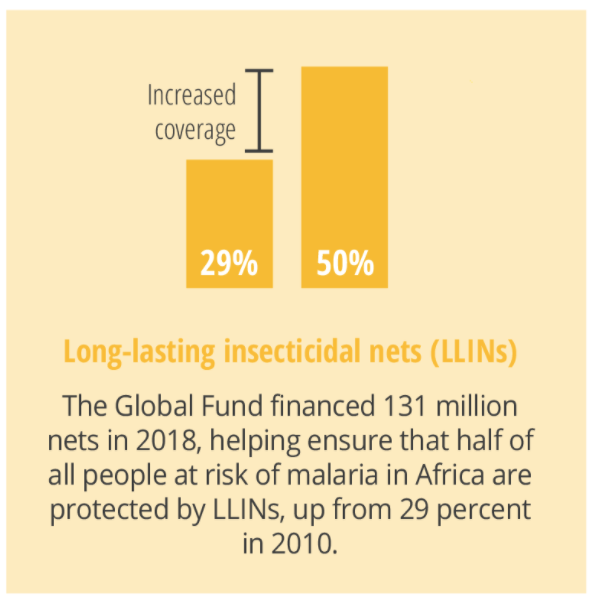
How Covid 19 Is Affecting The Global Response To Aids Tuberculosis And Malaria Friends Of The Global Fight
Low life expectancy in africa can be partly attributed to the ravages of aids
Low life expectancy in africa can be partly attributed to the ravages of aids- · This life expectancy can be attributed to better healthcare services including immunisation drives across the countries and adequate medical staff Mauritius In Mauritius, the life expectancy is 744, making it the third African country on the list Not only does the country have one of the lowest fertility rates but also the lowest infant · Health and welfare improvements are one of the main reasons why life expectancy in Africa has been on the rise One of the biggest health issues that Africa has been plagued with is the HIV/AIDS epidemic HIV/AIDS has tragically claimed many lives in Africa, which is a large reason why life expectancy was so low
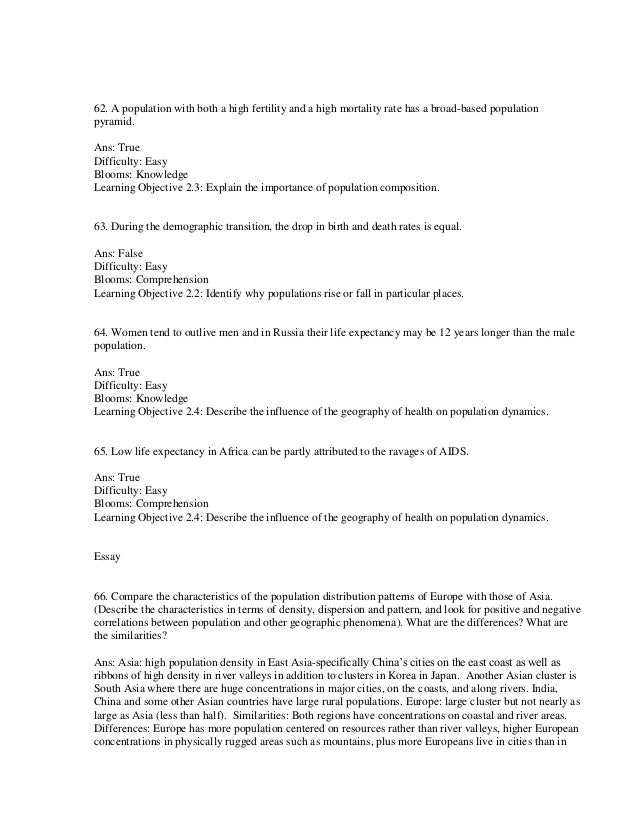


Human Geography 11th Edition Fouberg Test Bank
Introduction The surge in life expectancy in the African region since 00 is evidently the greatest since the reverse gains in the 1990s Life expectancy at birth increased in the region by 94 years to 60 years, with some countries experiencing as high as 42% rise between 00 and 14 These remarkable gains have taken place mainly in the context of increased access toThe worst life expectancies are found in Africa with its lower economic development and very high rate of mortality from HIV/AIDS infection The top ten populations in terms of descending life expectancy (52 to 8059 years) are Andorra, Macao, Japan, Singapore, San Marino, Hong Kong, Sweden, Australia, Switzerland, and France · The World Health Organisations World Health Statistics 18 report shows that two of the biggest reasons for the decreased life expectancy in South Africa are TB and HIV South Africa has the biggest HIV epidemic in the world with 71 million people living with HIV and the HIV prevalence in the general population being a high 1%
Life expectancy at birth, total (years) Middle East & North Africa ( 1 ) United Nations Population Division World Population Prospects 19 Revision, or derived from male and female life expectancy at birth from sources such as ( 2 ) Census reports and other statistical publications from national statistical offices, ( 3 ) Eurostat Demographic Statistics, ( 4 ) United Nations · In subSaharan Africa, Aids is now the leading cause of death and is considered to have cut life expectancy in some countries by as much as years Healthy life expectancy · Reasons for low life expectancy in Africa (Nigeria and Cameroon) In most Africa countries, there is vivid record of imbalance of food when compared to her population growth Africa which is said to be the hottest continent, the effects of food growth maybe from the lack of raindrops because more than half of the entire land surface of Africa consisting of dry lands and
The life expectancy for South Africa in was 6412 years, a 039% increase from 19;Life expectancy at birth, total (years) Africa Definition Life expectancy at birth indicates the number of years a newborn infant would live if prevailing patterns of mortality at the time of its birth were to stay the same throughout its life Description The map below shows how Life expectancy at birth, total (years) varies by country in Africa The shade of the country corresponds toThose can be attributed



Pdf Labour Market And Employment Implications Of Hiv Aids Franklyn Lisk Academia Edu



Health And Economic Development Emerald Insight
Life expectancy is low This may be due to lack of clean drinking water, proximity to the hospital or health care center, etc Some less developed countries, life expectancy at birth may be lower than life expectancy at age 1, because of high infant mortality rates commonly due to lack of access to a clean water supply or infectious disease To(You can also see a fullsized view of this table) Additional deaths/1000 in subSaharan Africa relative to high income countries We note that The biggest differences are before age 5 and after age 60 The major causes of under5 mortality are malaria, respiratory infections, diarrhea, perinatal conditions, measles, and HIV/AIDS · The second reason for the changes in life expectancy in Africa could be attributed to the rapid decline in the child mortality rate The percentage of infant and child deaths (out of 1,000 live births) fell between 1970 and 13 — from 138 to just 67 in every 1,000 births


Bioline International Official Site Site Up Dated Regularly



The Embodiment Of Inequality Aids As A Social Condition And The Historical Experience In South Africa Embo Reports Vol 4 No S1
Africa, of course, had more scope to raise life expectancy, given most its countries were starting from a lower base than typically found elsewhere in the world However the figures are a marked contrast from the 1990s, when life expectancy fell sharply in countries such as Zimbabwe, Botswana, the Republic of Congo, Kenya, Namibia and the Central African Republic, and onlyTruly Third World The life expectancy can further be broken down per province FIGURE 2 and FIGURE 3 show the life expectancy for males and females depending on which province they live in It is evident from these figures that life expectancy can vary by more than 10 years between provinces (Statistics South Africa, 11a) · Life expectancy in South Africa has increased dramatically over the last decade, mainly thanks to lifesaving Aids drugs, a government report says South Africans are living on average up to 612



Lancet Covid 19 Commission Statement On The Occasion Of The 75th Session Of The Un General Assembly The Lancet



The Perfect Storm Incarceration And The High Risk Environment Perpetuating Transmission Of Hiv Hepatitis C Virus And Tuberculosis In Eastern Europe And Central Asia The Lancet
· The leading causes of death in subSaharan Africa for adults 15 to 49 years were AIDS, tuberculosis, malaria, maternal disorders, and road injuries Lifestyle diseases could scupper AfricaFor African American men and women, the life expectancy difference decreased from 87 to 61 years during the same period Trovato and Lalu attributed similar convergence of male and female mortality rates from 38 countries over years to a nation's level of social and economic development ( ) · The relationship between income and life expectancy has been demonstrated by a number of statistical studies The socalled Preston curve, for example, indicates that individuals born in wealthier countries, on average, can expect to



Africa Water Atlas Unep Grid Sioux Falls
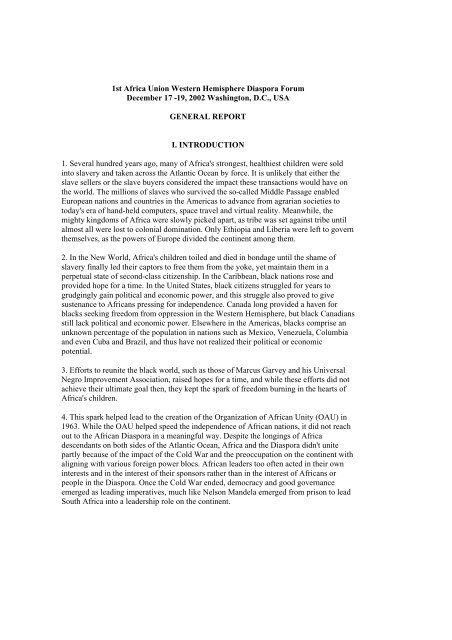


1st Africa Union Western Hemisphere Diaspora African Union
The life expectancy for South Africa in 19 was 6387 years, a/01/21 · The average life expectancy across the whole continent was 61 years for males and 65 years for females The average life expectancy · However, adult mortality soared, largely because of AIDS Consequently, only 46% of African women and 40% of men reach the age of 65 That is the lowest proportion in the world Life expectancy at birth has declined from 48 years in 1980 to 46 in 02 — not only the shortest lifespan of any region, but th eonly one showing decline



Human Geography 11th Edition Fouberg Test Bank



19 Ipbes Regional Assessment Africa By Maro Haas Issuu
· There is evidence that the life expectancy (LE) of individuals infected with the human immunodeficiency virus (HIV) has increased since the introduction of combination antiretroviral therapy (cART) However, mortality rates in recent years in HIVpositive individuals appear to have remained higher than would be expected based on rates seen in the general population A low · During the 1990s, life expectancy in Africa significantly declined as a result of the HIV/AIDS epidemic Since then, continuous research and funding have been funneled into providing efficient treatments and drugs for HIV/AIDS, ideally at an inexpensive rate · The five leading causes of death in subSaharan Africa for adults between the ages of 15 and 49 years in 17 were AIDS, tuberculosis, malaria, maternal disorders, and road injuries
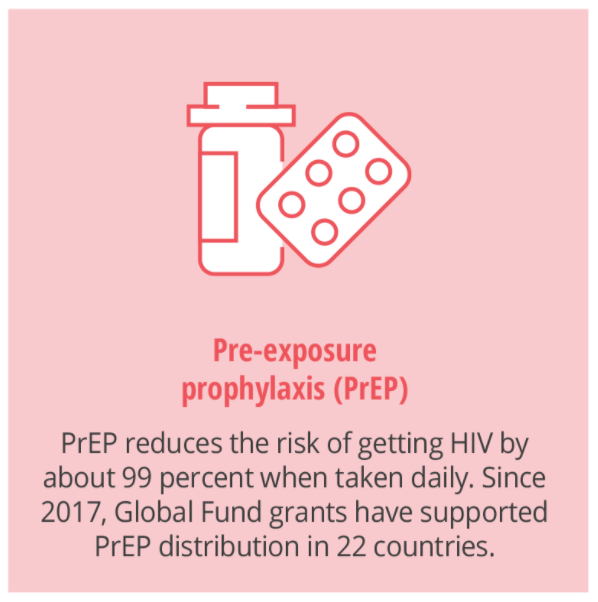


How Covid 19 Is Affecting The Global Response To Aids Tuberculosis And Malaria Friends Of The Global Fight



Pdf Socio Economic Determinants Of Life Expectancy In Sub Saharan
Chart and table of South Africa life expectancy from 1950 to 21 United Nations projections are also included through the year 2100 The current life expectancy for South Africa in 21 is 6438 years, a 039% increase from ;Gain in life expectancy over the years For instance, in Rwanda the life expectancy has risen from a low of 267 years between 1992 – 1993 to 690 years in 19 The remarkable improvement in life expectancy recorded in Rwanda can be linked to, among other factors, the reforms and health initiatives being implemented by the government · LIFE EXPECTANCY Life expectancy (or the expectation of life) is the average length of life remaining to be lived by a population at a given age It is computed in the process of building a life table and can be computed for any age in the life table Life expectancy at birth is the most commonly presented value because this measure provides a succinct indicator of mortality that



Pdf Socio Economic Determinants Of Life Expectancy In Sub Saharan Africa Mohammed Abubakari Academia Edu



How Covid 19 Is Affecting The Global Response To Aids Tuberculosis And Malaria Friends Of The Global Fight
Afrol News, 19 October A new research conducted by a Ghanabased NGO, Longevity Project Group, reveals an "incredible low life expectancy" among Ghanaians Several factors such as natal related deaths, malnutrition, inadequate poor public sanitation, a combination of deadly infectious, and increasing diseases brought about by the lifestyle of Ghanaians have been responsible for the low life · The life expectancy jumped from 509 years in 12, to 538 years in 15, according to the report Deaths resulting from the 10 biggest health risks in Africa – such as lower respiratory infections, HIV and diarrhoeal diseases – dropped by half between 00 and 15, partly as a result of specialised health programmes · Human development in subSaharan Africa has stagnated while progress in other parts of the world has accelerated, widening the gap between the world's richest and poorest countries, warns this



Pdf Practice Points Corporate Response To The Hiv Aids Epidemic In Uganda Time For A Paradigm Shift Corresponding Address John Lukwago Academia Edu



Human Geography 11th Edition Fouberg Test Bank
· s Life Expectancy in Africa Life Expectancy in Africa Top 5 African countries ranked in the United Nations 18 Human AfricaOnTheRiseSep 23, 18 0 Discover a New Africa! · According to the report, life expectancy at birth stands at 61 years, having increased from an estimated 52 years in 05 The rise in life expectancy can be attributed to two important trends first, the number of AIDS related deaths is estimated to have decreased from 363 910 deaths in 05 (51% of all deaths) to 171 733 deaths in 14 (31% of all deaths)Table 2 Life Expectancy Gaps GNP in 1999 US$ PPP Life Expectancy at Birth Gap to Highest life expectancy in the low income group Gap to highest life expectancy in Africa Gap to highest life expectancy globally Zaire 384 5 64 130 90 Sierra Leone 414 398 186 130 90 Tanzania 478 509 75 130 90 Burundi 553 495 130 90



Population Policies Which Favor The Promotion Of Birth Control Among Certain Course Hero



Health And Disease In Southern Africa A Comparative And Vulnerability Perspective Sciencedirect
WINNER – African Blogger Awards "Best Blog About AfricaLowincome countries, the life expectancy of patients infected with HIV who have access to ART is now measured in decades, and might approach that of uninfected populations in patients who receive optimum treatment1,2 Advances in treatment and prevention have led some to ask whether the end of AIDS is possible3 With the bold · While the report shows a global spike in life expectancy across the various regions, Africa has gained the most increase with life expectancy up 94 years between 00 and 15



Eugenics And Genocide In The Modern World The Cause Of The Aids Epidemic By Dr Romesh Senewiratne Alagaratnam Arya Chakravarti Hiv Aids Malaria


11 Sexually Transmitted Diseases And Hiv Infection In Her Lifetime Female Morbidity And Mortality In Sub Saharan Africa The National Academies Press
By region One can compare the rate of change in developing, least developed, and industrialized countries It is noticeable that there are regions in Africa with fertility rates of 57 in contrast with the industrialized countries with rates of 16 Even so, in every region, the fertility rate has declined from 1990 to the year 00



Global Perspectives On The Sexual And Reproductive Health Of Adolescents Patterns Prevention And Potential The Lancet



Health And Disease In Southern Africa A Comparative And Vulnerability Perspective Sciencedirect



Health And Disease In Southern Africa A Comparative And Vulnerability Perspective Sciencedirect



Health And Disease In Southern Africa A Comparative And Vulnerability Perspective Sciencedirect



Pdf Socio Economic Determinants Of Life Expectancy In Sub Saharan



Pdf Socio Economic Determinants Of Life Expectancy In Sub Saharan
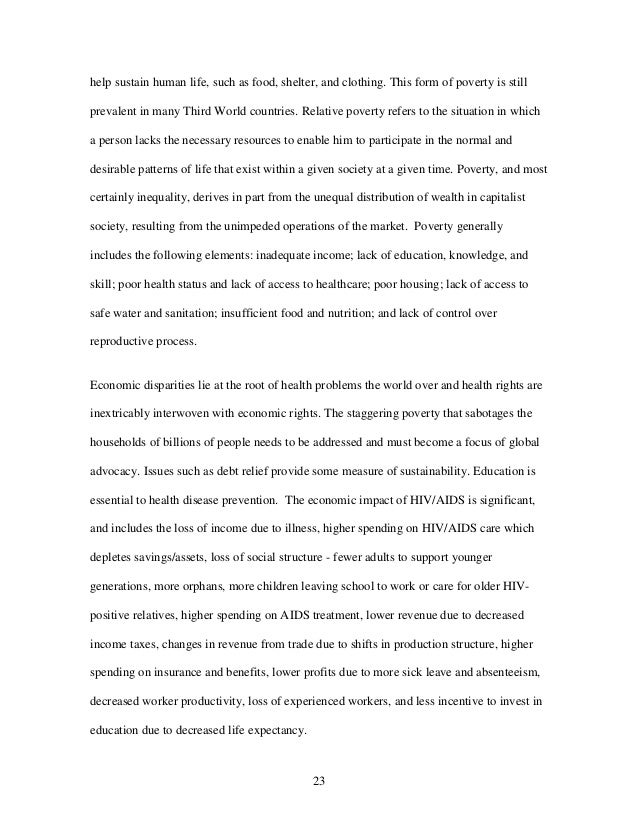


World Of Hurt Global Respone To Hiv Aids Crisis Uc Berkeley 08



Adult Mortality In The Cities Of Bulawayo And Harare Zimbabwe 1979 08 Dlodlo 11 Journal Of The International Aids Society Wiley Online Library



Pdf Socio Economic Determinants Of Life Expectancy In Sub Saharan



Health And Disease In Southern Africa A Comparative And Vulnerability Perspective Sciencedirect



Pdf Social And Economic Issues Of Hiv Aids In Southern Africa



South African Journal Of Science Volume 116 Issue 7 8 By South African Journal Of Science Issuu



World Cities Report The Value Of Sustainable Urbanization By Dennis Maranga Issuu



Guidebook Addressing Climate Change Challenges In Africa Unep



Culture Hiv And Aids An Annotated Bibliography Unesdoc Unesco
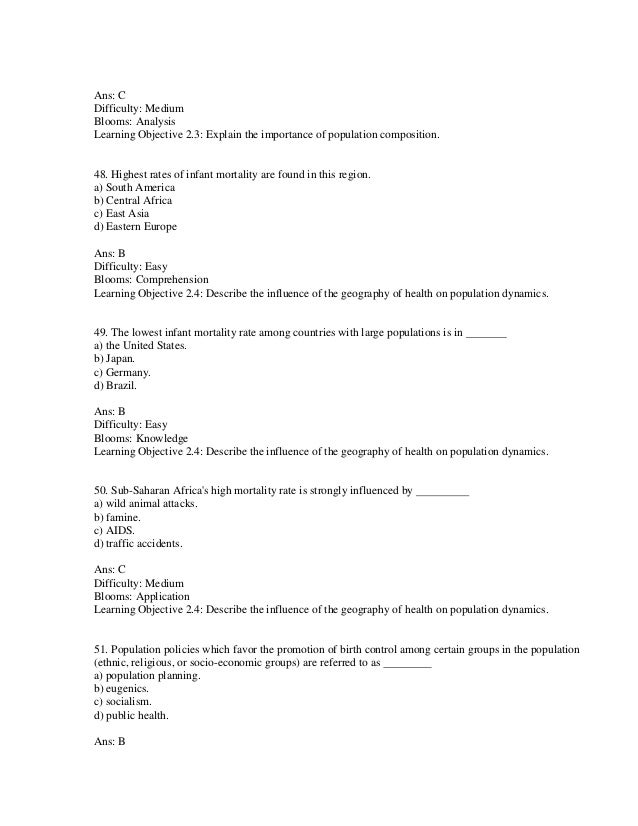


Human Geography 11th Edition Fouberg Test Bank


Bioline International Official Site Site Up Dated Regularly



Eugenics And Genocide In The Modern World The Cause Of The Aids Epidemic By Dr Romesh Senewiratne Alagaratnam Arya Chakravarti Hiv Aids Malaria



Pdf Social And Economic Issues Of Hiv Aids In Southern Africa



Joint United Nations Programme On Hiv Aids Report On The Global Aids Epidemic 04 04 Joint United Nations Programme



Report To The Boards Of Governors Of The Bank And The Fund By The Chairman Of The Joint Ministerial Committee Of The Boards Of Governors On The Transfer Of Real Resources To
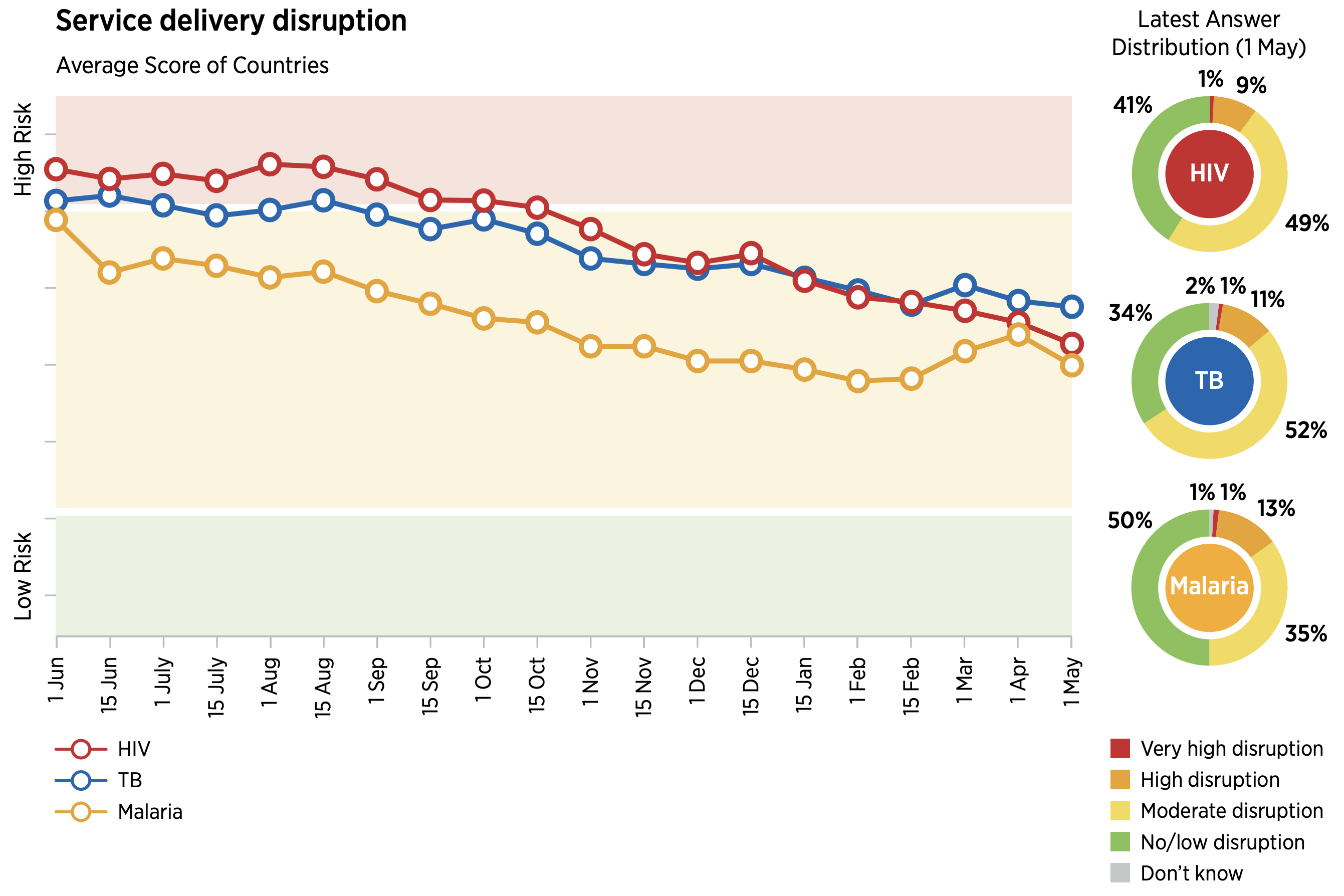


How Covid 19 Is Affecting The Global Response To Aids Tuberculosis And Malaria Friends Of The Global Fight


Bioline International Official Site Site Up Dated Regularly



Africa Human Development Report 12 By Undp Turkiye Issuu
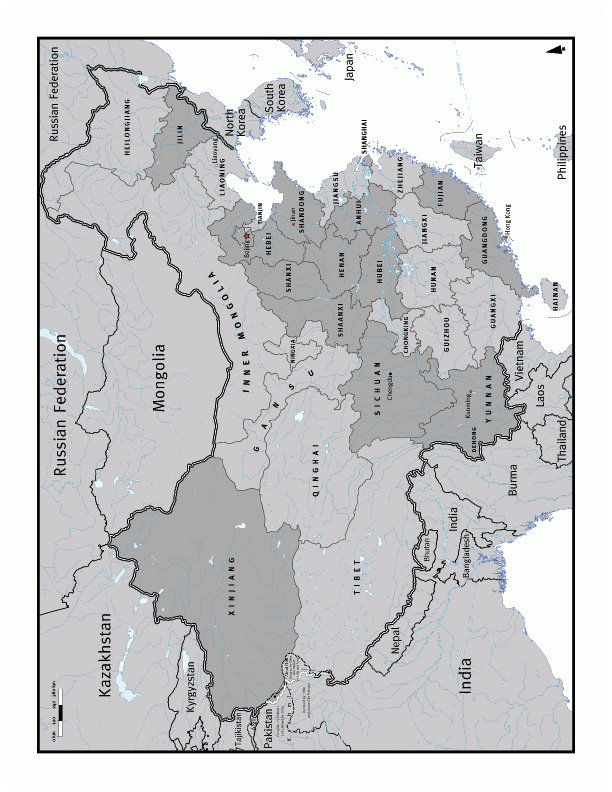


The Human Rights Of People Living With Hiv Aids In China Hrw



Male Life Expectancy Nine Years Shorter Due To Lower Male Uptake Of Hiv Treatment In Rural South Africa Aidsmap



Education And Hiv Aids In The Caribbean Unesco



Type 2 Diabetes Mellitus And Obesity In Sub Saharan Africa Tuei 10 Diabetes Metabolism Research And Reviews Wiley Online Library
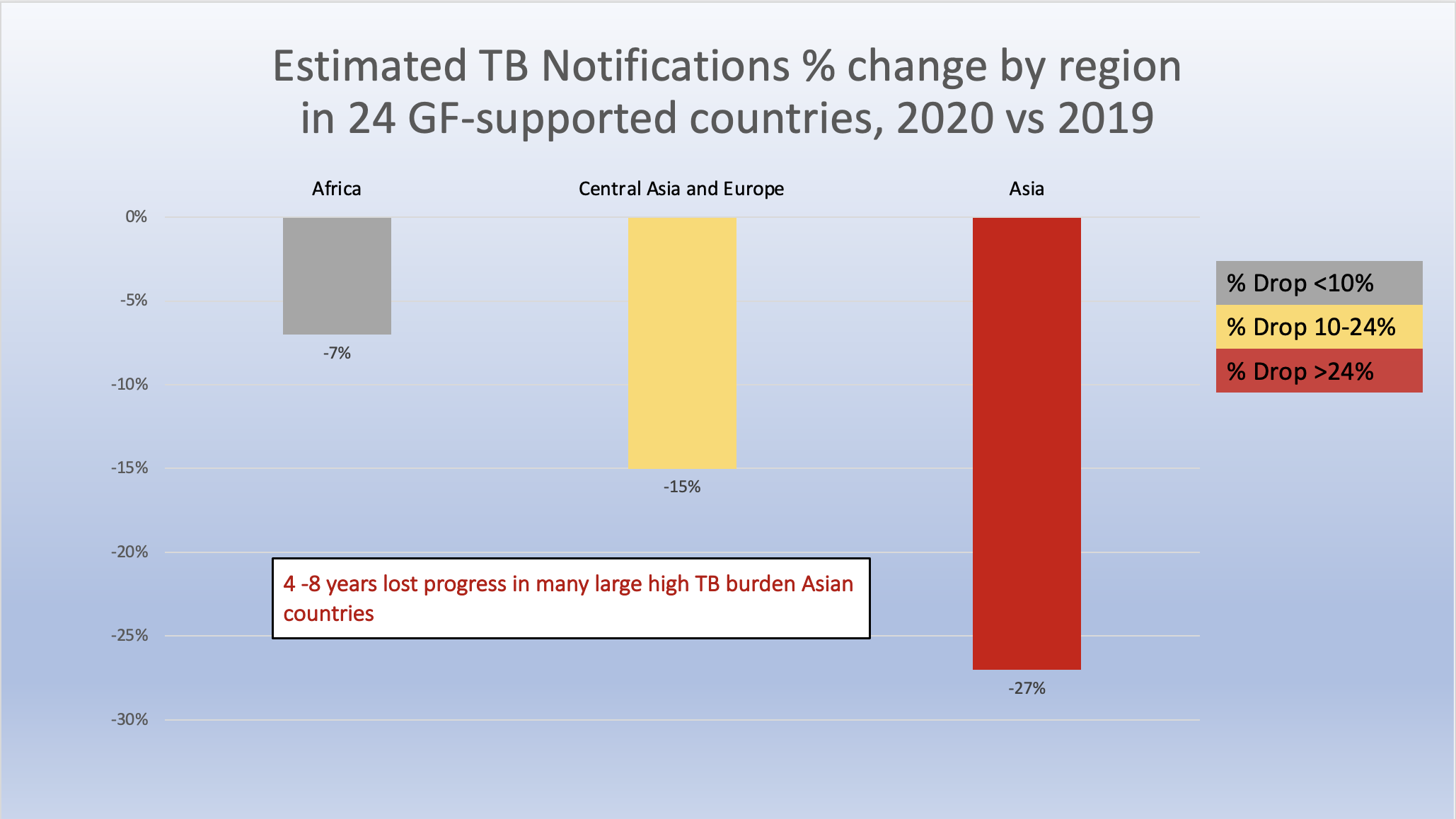


How Covid 19 Is Affecting The Global Response To Aids Tuberculosis And Malaria Friends Of The Global Fight



Pdf Socio Economic Determinants Of Life Expectancy In Sub Saharan



Health And Economic Development Emerald Insight



Pdf Unimagined Community Sex Networks And Aids In Uganda And South Africa Robert J Thornton Academia Edu



Public Health And Population Health Understanding Health And Disease Springer Publishing


Bioline International Official Site Site Up Dated Regularly



Hiv Aids Handbook Cover Health Services Columbia University



Mozambique Rising Building A New Tomorrow In Departmental Papers Volume 14 Issue 005 14



Aids Drugs Increase South African Life Expectancy By Five Years South Africa The Guardian
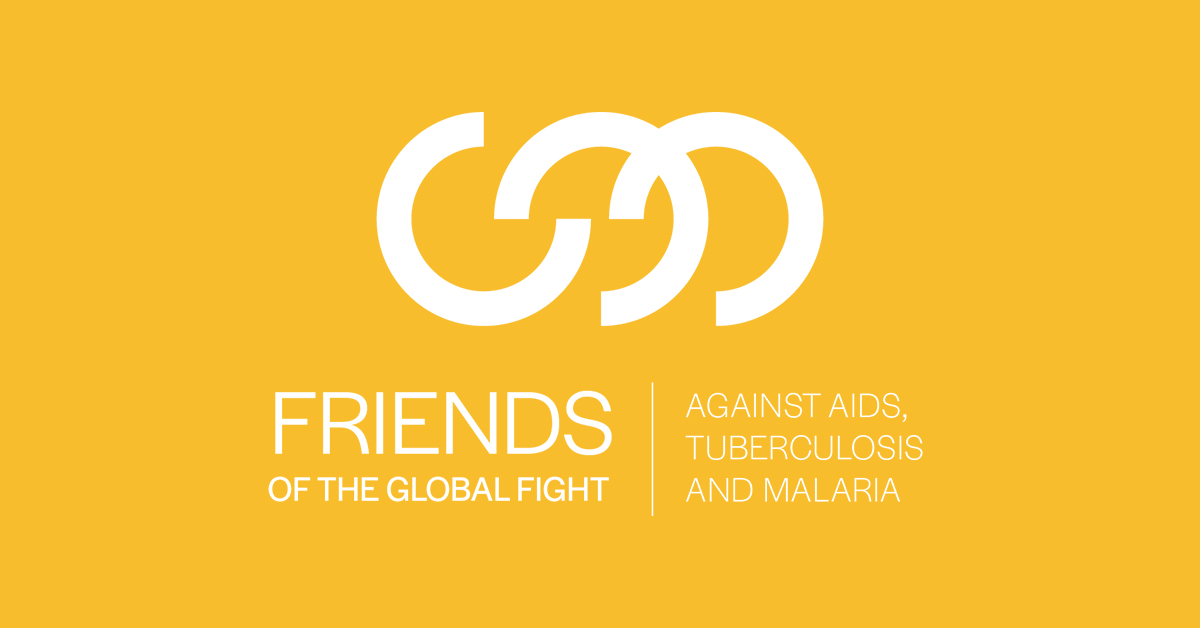


How Covid 19 Is Affecting The Global Response To Aids Tuberculosis And Malaria Friends Of The Global Fight



0 件のコメント:
コメントを投稿